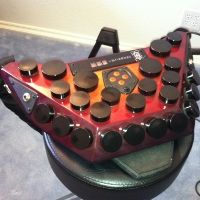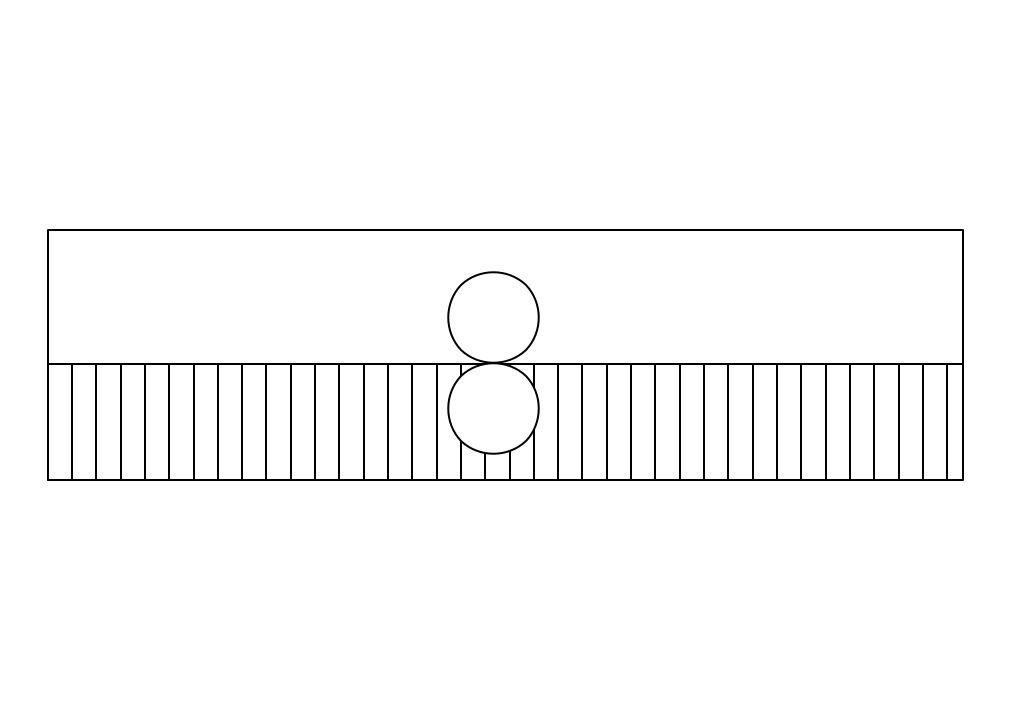stubbsonic wrote:Without a figure 8, you could point a second mic toward the keyboard (with the capsule very close to the vocal mic's capsule), and you can record both. Now you can invert the phase of the keyboard mic and slowly bring up the fader until you get maximum cancelation of the keyboard thump. Might mess up the vocal sound a little, so only use a little.
Meh, I've never heard of polarity inversion used in a live environment. Polarity inversion really only works on identical material, most likely inside of signal processing. In actual space, there are too many variables. You might get something that "kind of" rejects some frequencies, but might emphasize others, and TOTALLY skew the vocals. The mic frequency response, the directional axis, the varied reflections... are going to make the signals fairly different. On top of that, if it does work, it'll sap all the low end out of the vocals: the off-axis mic is still going to pick up a nice amount of low frequencies in the vocals, you polarity invert it, and those lows will disappear.
Someone correct me if I'm wrong, because it's a neat idea, but I don't think it will produce satisfying results.
Figure 8 is the way to go. It has the maximum off-axis rejection that you can have. The only problem is, if the space is untreated, it's probably not going to be the nicest sound. Figure 8s pick up a lot of room noise, by nature. If the space is untreated you might consider finding a middle ground like a hyper-cardioid. Hyper-cardioids are technically about halfway between a cardioid and a figure-8, they have a fairly directional frontal pickup pattern, but have a smaller pickup area in the back. You won't get QUITE as much off-axis rejection, but you'll get less room noise, so you might want to give it a shot. Another option is to use a figure-8 with a baffle behind it. Or the best solution... treat the room. You'll just want to play with it and see what sounds best. I used the figure-8 technique with a folk guitarist that worked quite well.
But in the end, I would question why you want to record simultaneously. If it's a question of getting into it while singing, maybe there's something mentally or physically you could change in order to mimic the same feel you get while playing. If it's a question of timing, you could record yourself singing a scratch track along with it, turn it down, and sing along with it, using it as a guide. I dunno. I would explore the other options out there for getting good results with overdub singing.


